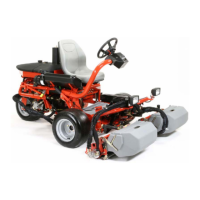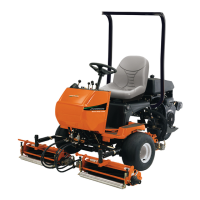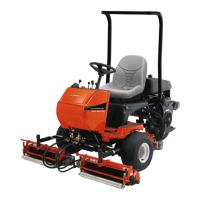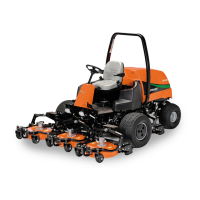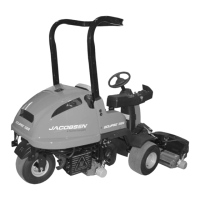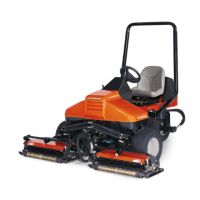en 68
8 ADJUSTMENTS
f you notice that the seat does not function correctly (for example a defective suspension of the driver's seat; im-
proper curvature of the lumbar support or damaged bellows), contact a specialist workshop immediately to arrange
for repairs to be carried out. If you fail to do so, your health may be affected and the risk of an accident increased.
Before the vehicle is used, switches that might be in the seat (for shutting down mechanical equipment when the
driver leaves his/her seat) must be checked for proper function. If malfunctions are detected, the vehicle must not
be driven.
Loads must not be placed on seats with a built in switch, except for the driver’s weight during normal use, as the
vehicle may otherwise start to move by itself. If you take off the weight from the seat while driving, this will cause
the vehicle to stop.
Do not indent the bellows while there is load on the driver’s seat.
Make sure that the interior of the drivers seat remains free of foreign objects or liquids.
Seat functions and operation
Weight adjustment
The seat is adjusted for the driver’s weight with the driver sitting on the seat. Fold out the weight adjustment lever
completely, hold it at the front and move it upwards or downwards (10 movements from minimum to maximum).
Before every new movement, bring the lever back to the starting position (audible locking sound). The driver’s
weight has been set correctly, when the arrow is in the middle of the viewing window.
• To prevent damage to the health and material, the setting for the driver’s weight must be checked and adjusted
as necessary before the vehicle is driven.
• When the minimum/maximum has been reached, you can
notice an empty movement in the handle.
• When you have set the weight, fold the lever completely
into the locking.
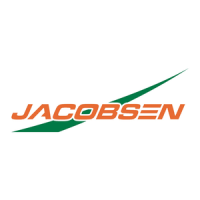
